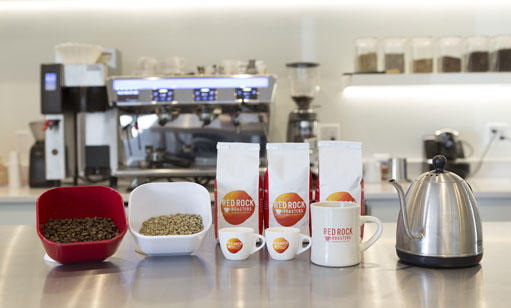Red Rock Roasters’ New Tasting Room Offers Expert Coffee Classes
The Master Roasters Teach You How To Make Your Cup Of Joe The Best It Can Be


Eric Williams Photography








